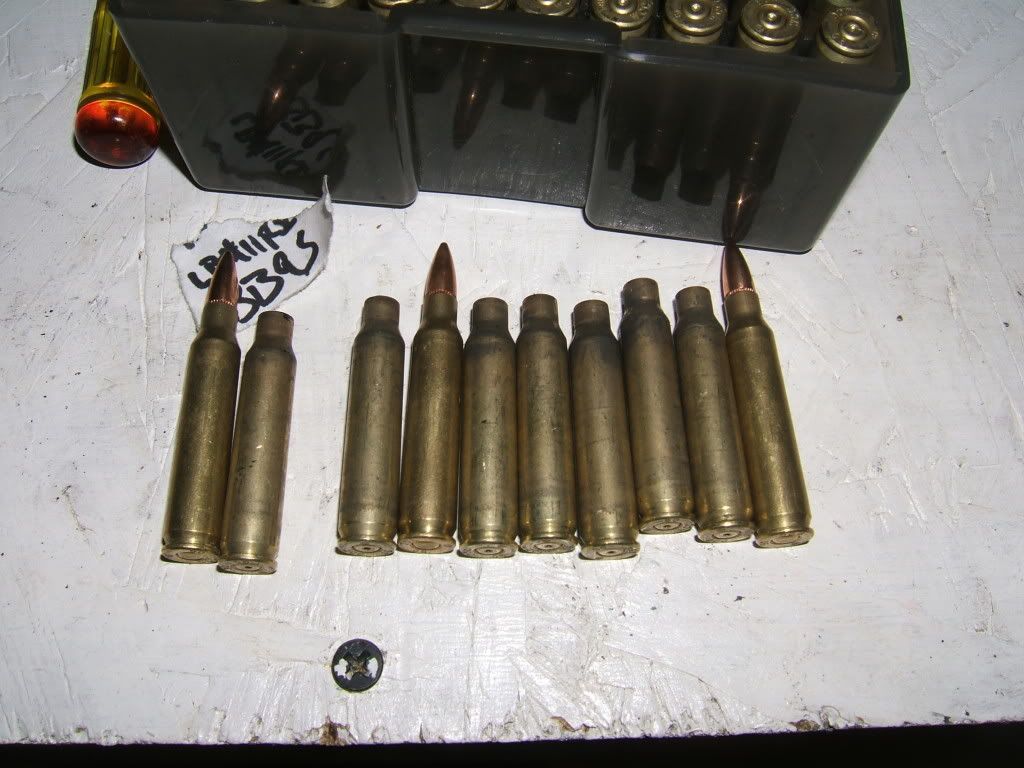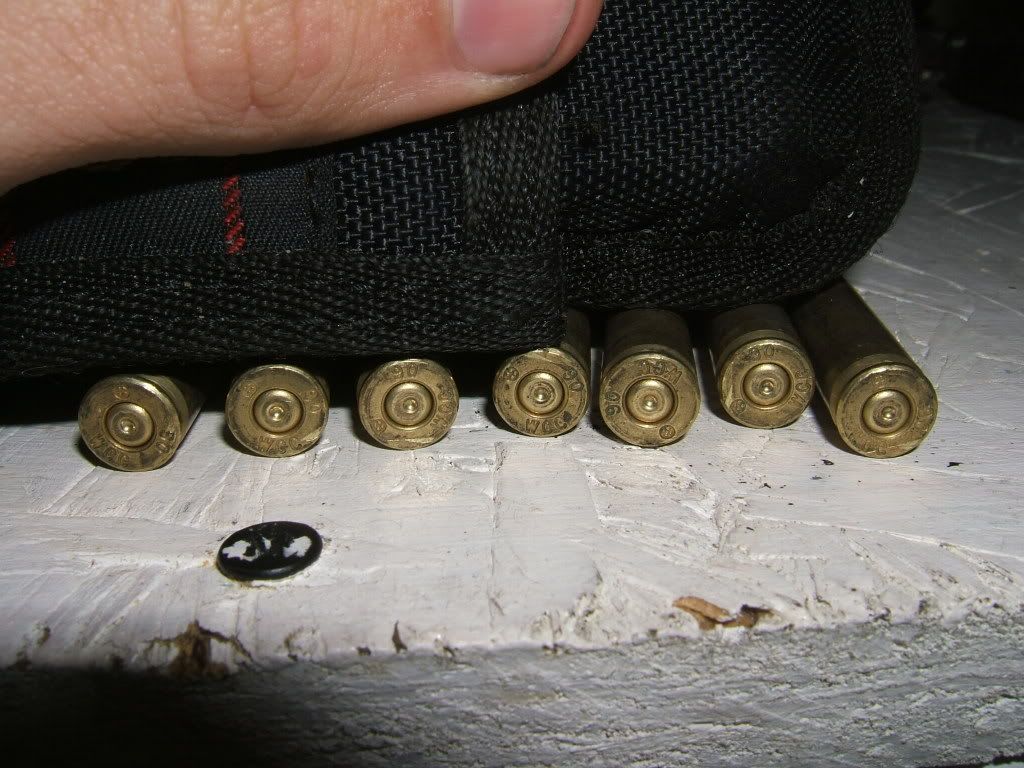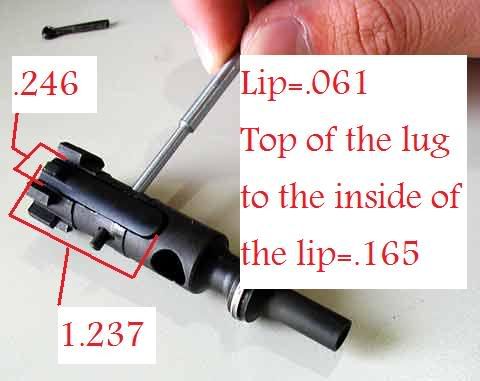Hi guys. This is very fristrating. Ive reloaded about 10 batches of .223 (50 rds per batch) mostly stuff with m193 rounds. And every.....single....batch ive made has come out with signs of low pressure.
Im a new reloader so please correct me if im wrong, but I cant seem to get signs of med-higher pressure...not even normal pressure! Here are the clues im going off of.
*Dirty case walls
*Primers dont even flatten a little bit.
I reload .308 as well and im yet to have signs of low pressure with that gun. Its outstanding! But my .223 on the other hand doesnt like me. Ive reloaded these batches. Ill give you 3 examples from the 16 batches of low pressure.
Note:All batches are using either rem, WCC, LC, or r&p brass. They also ALL have 9 1/2 small rifle BR remington primers.
1)62 grain FMJ BT, 22 grains of IMR-4895
2)M193 (55gr FMJBT), 24.5 gr IMR4895
3)M193, 26 grains of varget (This is where I got ****** because my loads were ALL low pressure so I tried a compressed load near maximum.) I loaded these things to the brim any more and the powder would have fell everywhere. I know they say you can load em with 27.3 grains of varget[from the jar] but that much wouldnt fit. So I loaded these up and STILLL STIL STIL STILLLLLL HL;DFAVEJF got low pressure : ( I took some pictures for everyone so maybe you can help me. This is rediculous. Ill go to the range, shoot 50 rounds and have to run a bore snake or the bolt wont even close! Also, if you try to clear a round and you havnt cleaned the bore in like 20 rounds then you have to perform a stock slam. Not very safe to do all the time. Please reccomend some loads or powders for me.
I placed some live rounds next to the dirty ones for perspective.


One more thing...do you see those cuts in the WCC casing headstamps. What the heck are those slits from, theres one on almost every round and it NEVER happens with any of my other brass. Rem, LC, Aguila, etc.. Only WCC
Im a new reloader so please correct me if im wrong, but I cant seem to get signs of med-higher pressure...not even normal pressure! Here are the clues im going off of.
*Dirty case walls
*Primers dont even flatten a little bit.
I reload .308 as well and im yet to have signs of low pressure with that gun. Its outstanding! But my .223 on the other hand doesnt like me. Ive reloaded these batches. Ill give you 3 examples from the 16 batches of low pressure.
Note:All batches are using either rem, WCC, LC, or r&p brass. They also ALL have 9 1/2 small rifle BR remington primers.
1)62 grain FMJ BT, 22 grains of IMR-4895
2)M193 (55gr FMJBT), 24.5 gr IMR4895
3)M193, 26 grains of varget (This is where I got ****** because my loads were ALL low pressure so I tried a compressed load near maximum.) I loaded these things to the brim any more and the powder would have fell everywhere. I know they say you can load em with 27.3 grains of varget[from the jar] but that much wouldnt fit. So I loaded these up and STILLL STIL STIL STILLLLLL HL;DFAVEJF got low pressure : ( I took some pictures for everyone so maybe you can help me. This is rediculous. Ill go to the range, shoot 50 rounds and have to run a bore snake or the bolt wont even close! Also, if you try to clear a round and you havnt cleaned the bore in like 20 rounds then you have to perform a stock slam. Not very safe to do all the time. Please reccomend some loads or powders for me.
I placed some live rounds next to the dirty ones for perspective.


One more thing...do you see those cuts in the WCC casing headstamps. What the heck are those slits from, theres one on almost every round and it NEVER happens with any of my other brass. Rem, LC, Aguila, etc.. Only WCC

